Forgotten Font Friday
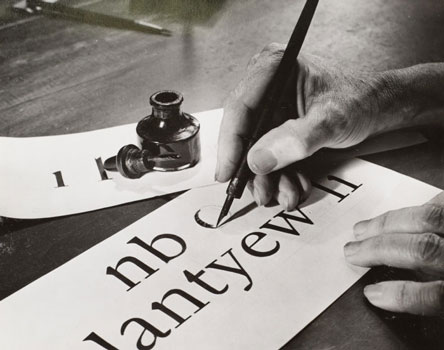
A lovely type-related article from Atlas Obscura, chroniclers of the strange and wonderful. The Lost Typefaces of W.A. Dwiggins The pioneering designer created dozens of fonts, only a few of which are still around today. By CARA GIAIMO for Atlas Obscura
‘F is for Fox’ Font Friday
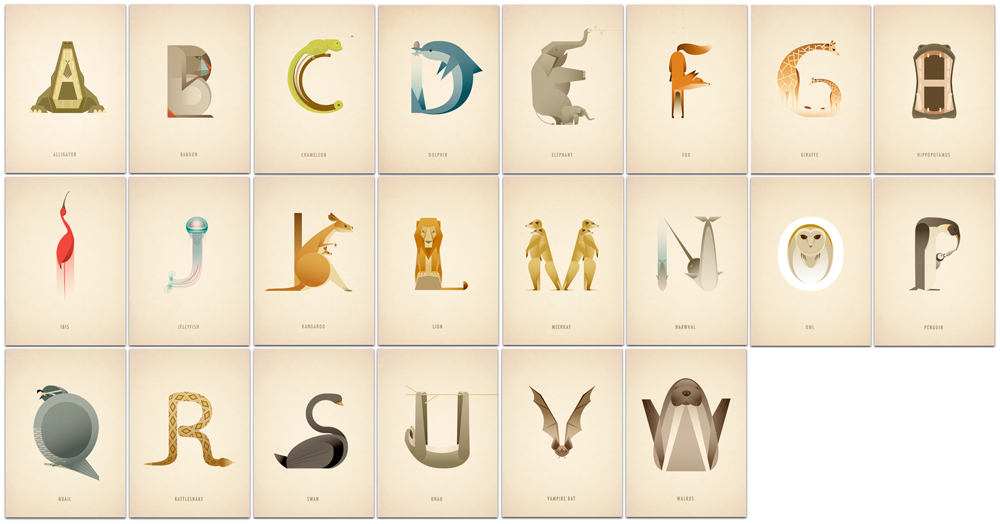
This lovely animal alphabet was created by Marcus Reed, a UK-based illustrator and designer. You can buy prints of the alphabet here. Each letter is represented by a drawing of an animal whose name begins with that letter, in the shape of the letter.
Forgotten Font Friday

A lovely type-related article from Atlas Obscura, chroniclers of the strange and wonderful. The Lost Typefaces of W.A. Dwiggins The pioneering designer created dozens of fonts, only a few of which are still around today. By CARA GIAIMO for Atlas Obscura
Film Font Friday, Wes Anderson Edition
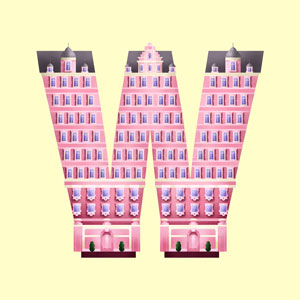
See also Film Fonts Friday 1; (Bond) Film Fonts Friday; Font Film Font Friday; and (Oscar) Film Font Friday. Sara Enríquez from Madrid, Spain created these whimsical typographic illustrations as an homage to film director Wes Anderson. See if you can figure out which film each letter goes with, then scroll down to check your […]
High-Res Scan of Poe’s “Raven,” Illustrated by Doré
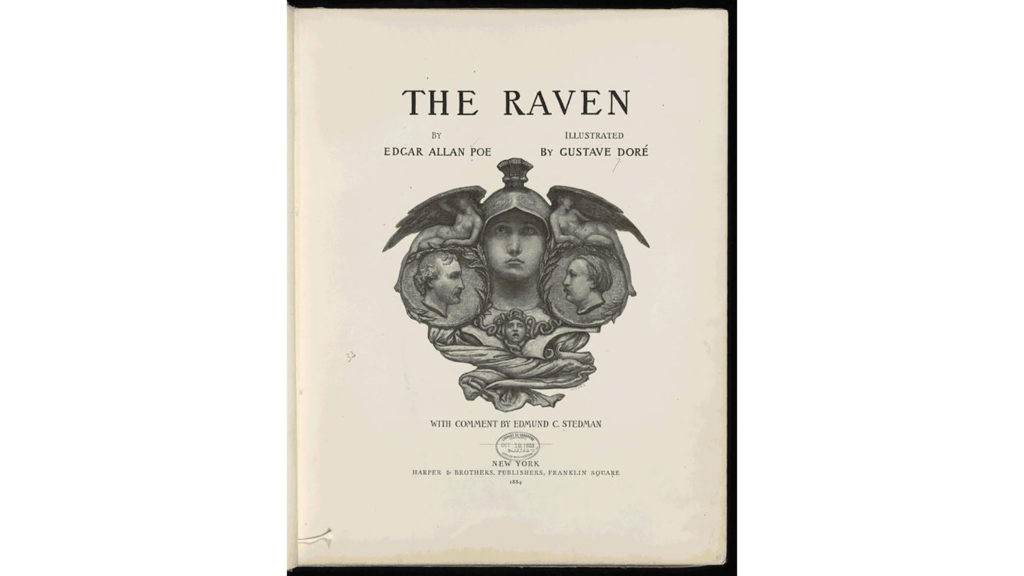
By Cory Doctorow at BoingBoing.com: The Library of Congress’s website hosts a high-resolution scan of a rare edition of Edgar Allan Poe’s “The Raven” illustrated by Gustave Doré. The title-page is at page 11, the list of illustrations is on page 14. The illustrations are amazing, like no other illustrated Poe I’ve seen. I’ve collected my […]
Secret Fore-Edge Paintings Revealed in Early 19th Century Books at the University of Iowa
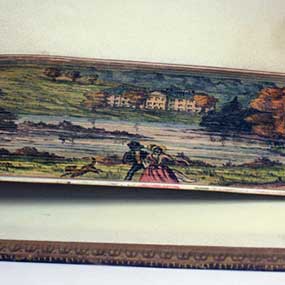
From thisiscolossal.com: Autumn by Robert Mudie / Special Collections & University Archives at the University of Iowa A few days ago Colleen Theisen, who helps with outreach and instruction at the Special Collections & University Archives at the University of Iowa, shared an amazing gif she made that demonstrates something called fore-edge painting on the […]
Super Simple Negative Space Animal Illustrations

By EDW Lynch from LaughingSquid.com: Designer George Bokhua cleverly takes advantage of negative space in these delightfully simple animal illustrations. For more of his work, check out his Behance portfolio. via Twisted Sifter